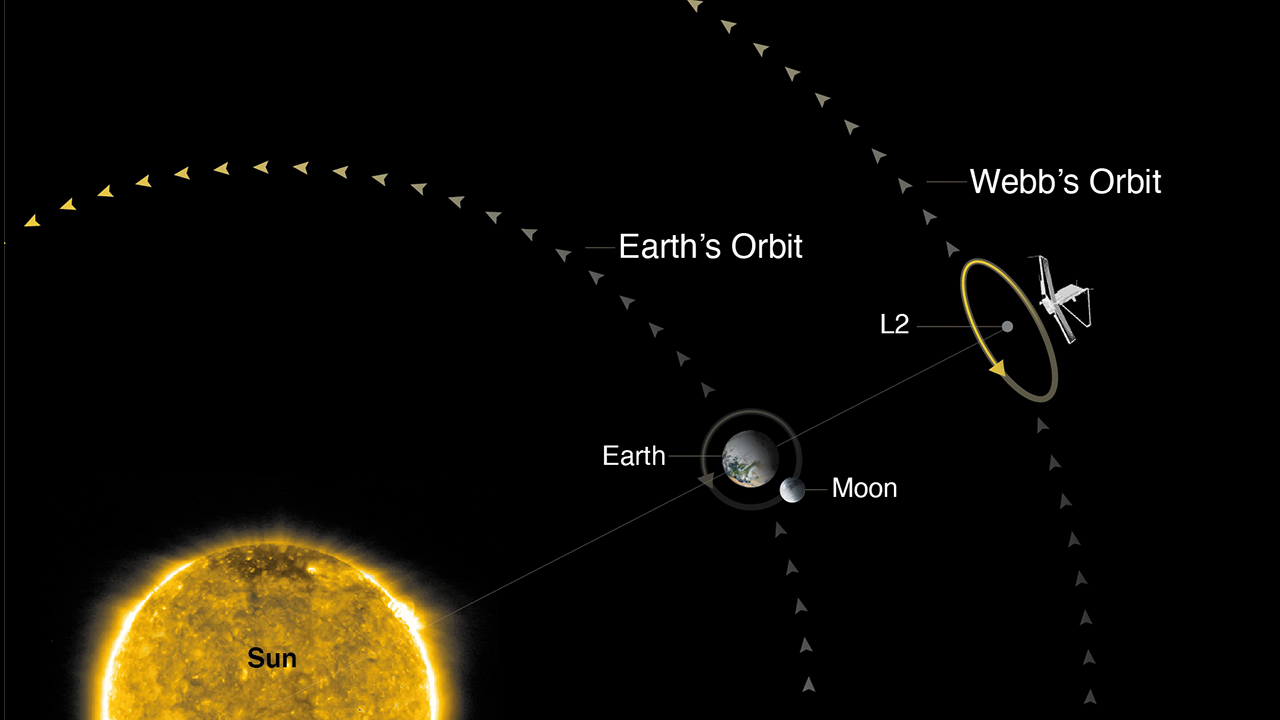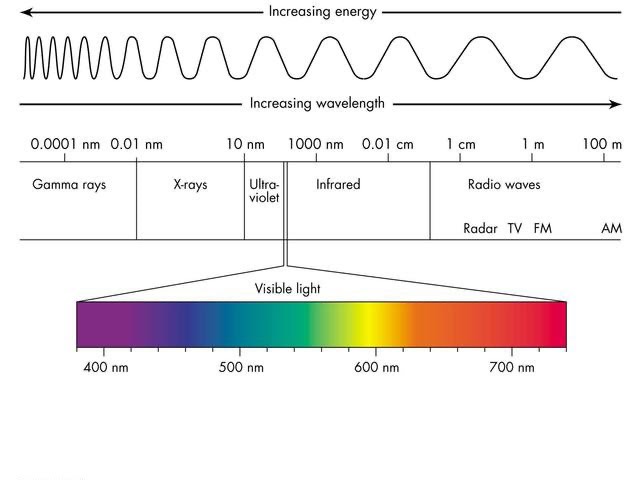All the Light We Cannot See - the James Webb Telescope into your heart
Jan 20, 2022I remember laying in the back of our van on a road trip as a kid. My dad had put bench seats in a horseshoe shape around a table. This was before seatbelt laws. I laid down on the long, padded seat with my shirt off, listening to my walk-man, working on my tan as the warm sun poured in through the big, long side window. At some point my dad, looking in the rearview mirror, realized what I was up to and said, “You’re not going to get tan. The window stops the UV light.” I hadn’t learned about ultraviolet light yet, so I didn’t know what he meant. I was just bummed because I wanted to be tan. I turned up the volume on the walk-man and tapped along to more 80’s synth music.

Christmas Day, December 25, 2021, the James Webb telescope launched into space. It has spent the past month unfolding and traveling toward its orbit location 4x the distance of the moon from earth, yet moving in sync with the earth around the sun.

The James Webb telescope is predicted to blow away what the Hubble Telescope showed us in previous decades. It is 100x more powerful and will reveal all kinds of fascinating insights into the history of time and space, because of how it perceives light.
I’ve been steadily refreshing my knowledge of physics and, consequently, how light works. Our eyes cannot see the vast majority of light that exists in the universe. We only see “visible light.” For example:

As we get ready to peer deeper into space than we’ve ever seen before, I’m fascinated about the things happening right here on earth, and even in our own hearts, based on invisible light.
The video at the top explains the difference between the Hubble and James Webb telescopes. Watching it, I couldn’t help but think about my own mind and heart.
The clip shows two views of the exact same location in space. One is based on visible light. The other is based on infrared light. The woman narrating says, “These are both actual images. These are both real data.” I love that this scientist calls them data points. They’re information. They’re both facts. One is not more real than the other. Both are true.
It brings to mind a quote I love from renowned surgeon and author Maxwell Maltz: “We act, or fail to act, not because of ‘will,’ as is so commonly believed, but because of imagination. A human being always acts and feels and performs in accordance with what he imagines to be true about himself and his environment. This is a basic and fundamental law of mind.”
I often feel and act based only what I perceive with my eyes. I only see a small sliver of the truth about myself. I limit my own actions because I don’t see (or can’t even imagine) my full potential. I don’t see all the other stars and galaxies of truth that actually exist within me. They are just as real. I just don’t see them. You ever feel like that?
I’m convinced each of us—and yes, I’m looking at you too—each of us has galaxies of untapped potential within ourselves. We don’t act like it because we don’t see it. We have not looked through the lenses that allow us to peer deeper into the space of our own potential. But once we let in all the various kinds of light, we start to see the full picture. We see it in ourselves and in others. Our vision of ourselves, others and the universe expand to include all the “actual images”, all the “real data” about who we all really are.
I can’t wait to see what we discover as we peer deeper into space, both outwardly and inwardly.
Fun, helpful links for your consideration:
Anthony Doerr's Pulitzer Prize winning novel: All the Light We Cannot See
Track the Jason Webb telescope here
P.S. In our Navigator Framework, Emily and I talk about the importance of seeing things as they really are. So often our perception of reality is skewed by fear, worry and expectations of others. We talk about how to set those emotions aside for a few moments and gaze, with new eyes, into the space of our own interests, hopes and dreams. This is the beginning point, the first step in the Navigator Framework. We call it “Choosing Your Own Island.”
We accidentally went through this process when we chose to live on a sailboat. That journey took 4 years to come to fruition. As we wrote our book, Seven at Sea, we realized we had a system. Once we started applying that framework, our Dream Accomplishment RatE (DARE) sped up 4x. (That's one major dream a year.)
I love going through these first steps of thinking and seeing things differently. I redo this process regularly. If you want to try it for yourself, it’s included in the free sample of our online course Navigator Framework.
Family first doesn't mean Mom + Dad last.
Sign-up for your free Discovery Call to discover your "what if..." and make more more of your midlife.
Get awesomeness in your inbox.
Join our mailing list to receive ideas to make your life even more awesome.
We hate spam too. We will never sell your information, for any reason.

